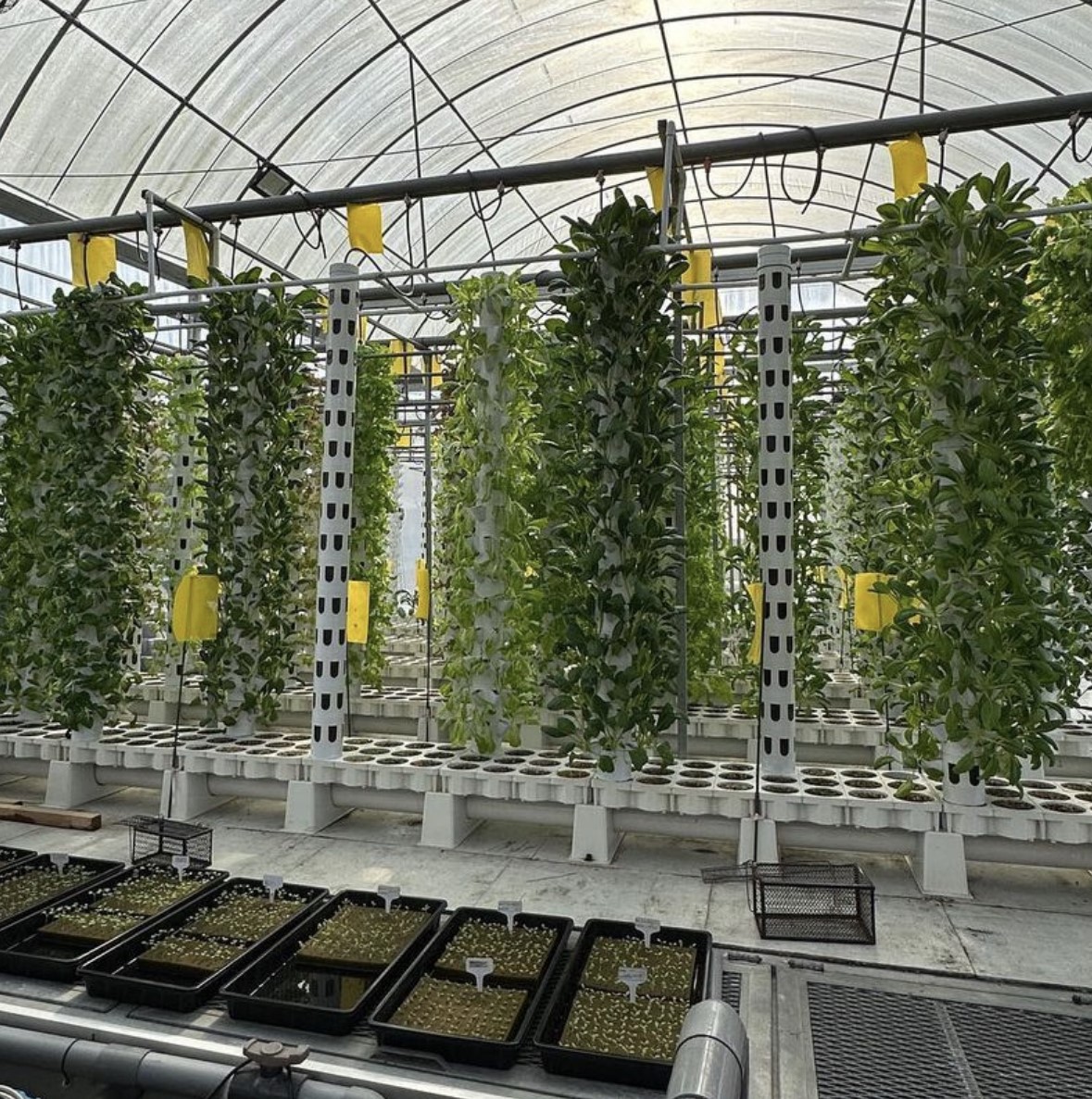Diving into AI and Aquaponics
By: Amish Sethi, SEAS ’26

Fish Farm in Singapore.
GRIP: Engineering Research in Singapore
As I stepped into the world of my Singapore research internship, I felt like I was walking into a sci-fi movie. The aquaponics system stretched out before me, this wild mix of fish and plants living their best lives in a high-tech harmony. Little did I know, this journey was about to flip my understanding of AI, teamwork, and tackling challenges on its head.
Starting out, I was a mix of excitement and nerves. The aquaponics system was like a universe of its own, and I wasn’t sure how I’d fit in. But here’s the cool part – the other grad students and our professor were like mentors in disguise. They welcomed me with open arms and helped me find my groove without making me feel like a fish out of water.
Our project specifically: AI meets aquaponics. Our goal? Crack the code of fish disease data shortage. That giant aquaponics system was like a living lab, showing off how tech and nature could intertwine. Now, our specific project used generative AI to create images of different fish diseases. These AI-generated images became our became the key to help us fight the data scarcity issue and train our models efficiently..
While I dove deep into AI and aquaponics, I wasn’t just learning tech stuff. Nope, this internship turned me into a master problem-solver. Our project was like a blank canvas, and we, the students, were the artists deciding what brush strokes to use. We learned to think on our feet, work as a team, and get crafty with our solutions. And let’s not forget the tech side – I went from AI newbie to AI enthusiast, thanks to all the deep learning and artificial intelligence action.
Of course, no superhero story is complete without a villain. Our arch-nemesis? The lack of publicly available data. How did we deal with this evil? We turned to even fancier AI tricks, cranking up the complexity to create the images we needed. Overcoming this challenge was like leveling up in a video game – intense and difficult, but totally worth the struggle.
What really made this whole experience even more enjoyable was the lab vibe. It was like a bunch of friends hanging out, ready to save the world with science. Everyone was eager to help, ready to share knowledge and ideas. This teamwork vibe totally reshaped how I see work – turns out, collaboration is key.
Now, as I look back on my internship journey, I can’t help but feel like I’ve leveled up in real life. From an intern, I became a confident researcher, armed with AI smarts and ready to take on the world. This whole adventure sparked a passion for tech and innovation in me, steering my career path in ways I never imagined.
Looking back, my Singapore internship was this wild rollercoaster of challenges, growth spurts, and friendship. Blending AI and aquaponics didn’t just teach me about technology – it taught me that with a dash of determination and a spoonful of teamwork, we can cook up some seriously awesome solutions.
The Global Research and Internship Program (GRIP) provides outstanding undergraduate and graduate students the opportunity to intern or conduct research abroad for 8 to 12 weeks over the summer. Participants gain career-enhancing experience and global exposure that is essential in a global workforce.